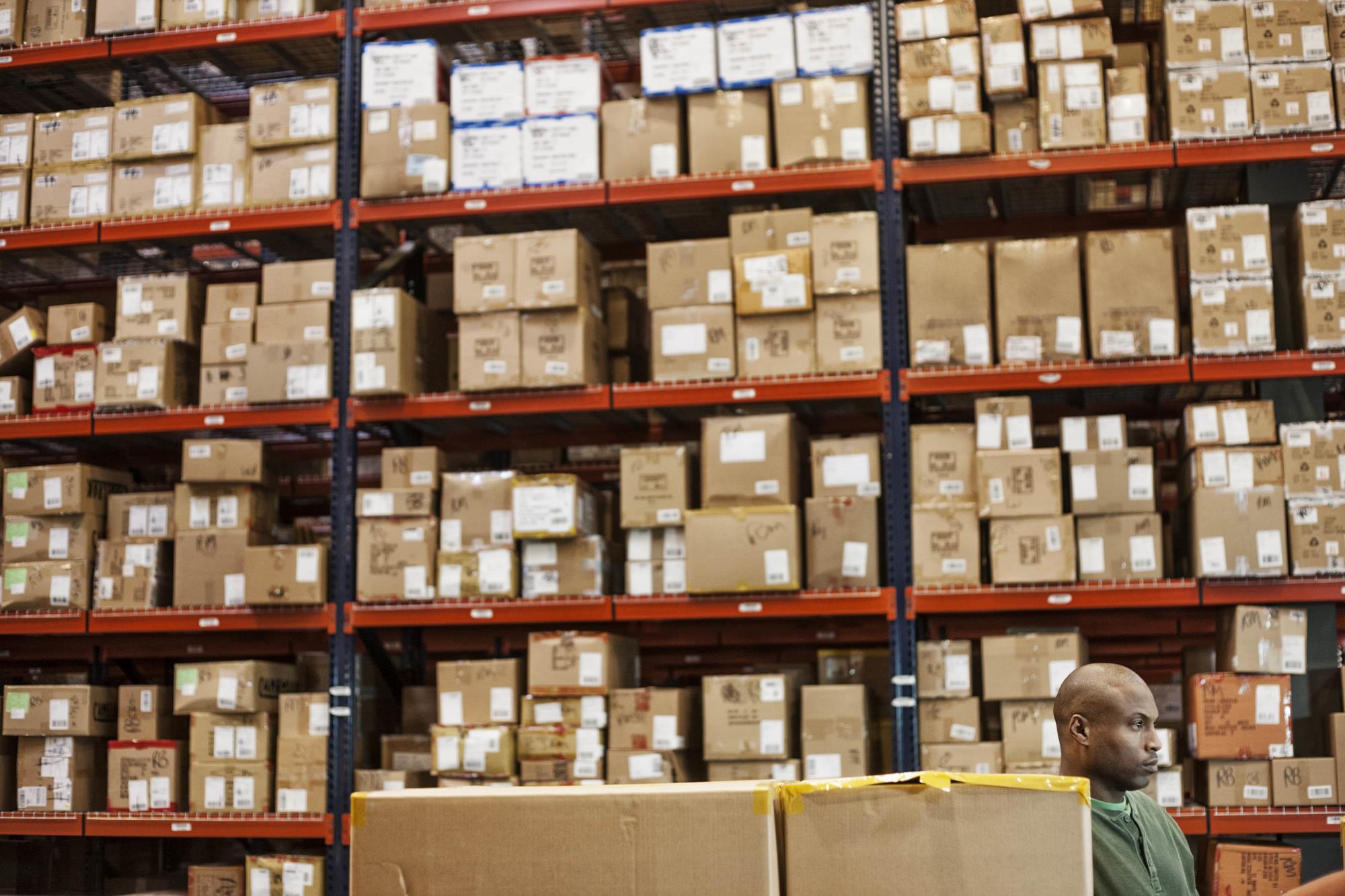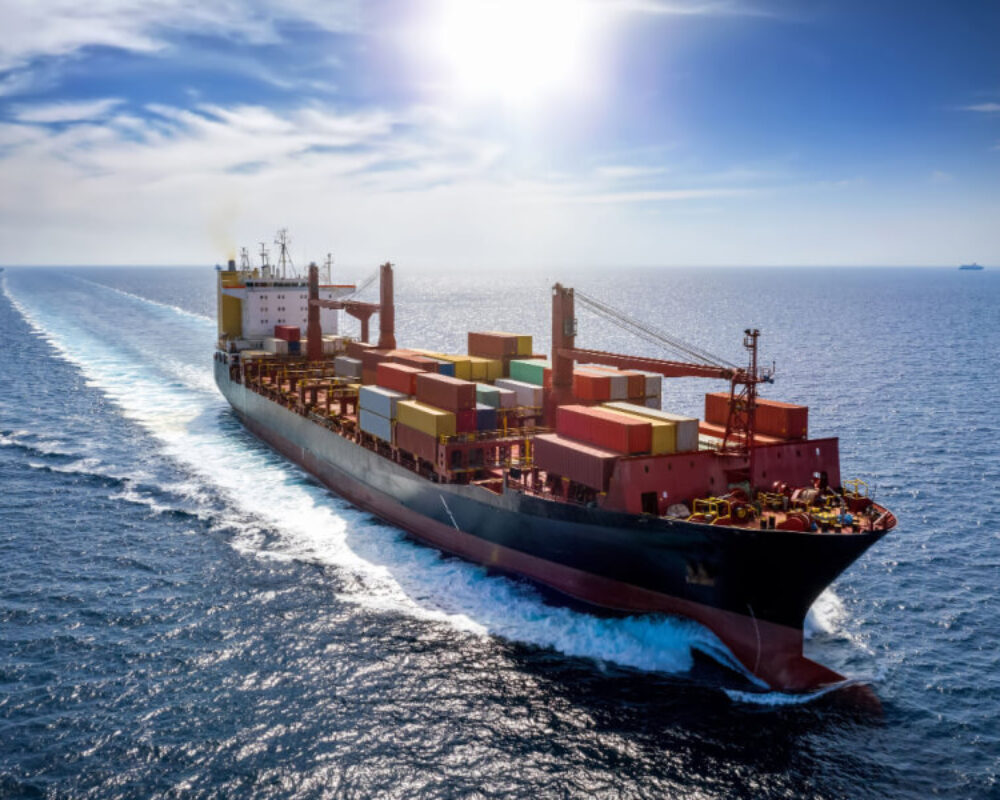The container shipping industry is responsible for transporting millions of containers full of goods around the world every year.
This industry plays a vital role in global trade and has a large carbon footprint. The container shipping industry is considering alternative fuels to help achieve this goal.
What is Decarbonisation?
Decarbonisation is the process of reducing carbon dioxide emissions. This can be done through various means, such as using alternative fuels, investing in green technology, or partnering with organisations that offset carbon emissions.
The UN Maritime Organisation’s Target
The United Nations’ International Maritime Organisation (IMO) has set a target of reducing greenhouse gas emissions from ships by at least 50% before 2050.
This ambitious goal will require a concerted effort from the entire maritime industry, including the container shipping sector.
How the Industry is Achieving This Goal
One way the container shipping industry works towards this goal is by investing in alternative fuels. These include liquefied natural gas (LNG), biofuels, and hydrogen fuel cells.
Another way to reduce emissions is by increasing energy efficiency through initiatives such as slow steaming (sailing at reduced speeds) and vessel optimisation (retrofitting vessels with energy-saving technology).
Examples of GREEN Efforts in Action
Maersk, the world’s largest container shipping company, is investing heavily in alternative fuels and efficiency initiatives. The company has committed to powering its vessels with LNG by 2030, reducing emissions by up to 30%. Maersk is also working towards an ambitious goal of reducing carbon emissions by 50% by 2050.
Other companies in the industry, such as Hapag-Lloyd and MSC, have also made similar commitments. These investments show that the container shipping industry is taking meaningful steps towards decarbonisation.
Actions Needed to Achieve IMO’s Target
Achieving IMO’s target of reducing greenhouse gas emissions by at least 50% before 2050 will require a concerted effort from the maritime industry.
Shipowners and operators must invest in alternative fuels and energy-saving technologies. Governments need to provide incentives for companies to go green, and consumers need to demand more environmentally-friendly shipping options from retailers.
Ways to Implement Decarbonisation Strategy
Several different strategies can be used to achieve decarbonisation targets. One way is to switch to cleaner fuels such as biodiesel, LNG, and hydrogen.
Another way is to invest in energy efficiency measures such as speed reduction and route optimisation. And yet another way is to utilise new technologies such as wind-powered propulsion systems.
The Rise of Wind-Powered Container Ships
One promising new technology that could help the shipping industry meet its decarbonisation targets is wind-powered propulsion systems. These systems use sails or kites to harness the power of the wind and provide supplemental or even primary propulsion for ships.
Several companies are already experimenting with this technology, and it holds great promise for the future of sustainable shipping.
The Roadmap to the Decarbonisation of the Global Shipping Industry
To achieve these ambitious targets, a roadmap has been laid for the decarbonisation of maritime transport. This roadmap starts with immediate actions that need to be taken to reduce emissions in the short term. These actions include slowing down ships, retrofitting existing vessels, and using cleaner fuels such as liquefied natural gas (LNG).
In addition, there needs to be a focus on developing and deploying new technologies that can further reduce emissions from ships. These technologies include electric propulsion systems and fuel cells. For these technologies to be deployed at scale, there needs to be a concerted effort by shipowners, shipyards, classification societies, fuel suppliers, and financiers.
Furthermore, it is essential to note that there is no single silver bullet solution for reducing emissions from maritime transport. Different measures will need to be employed to achieve deep emission cuts over the coming decades.
Conclusion
Reducing carbon emissions from ships is a daunting task, but it’s one that we must take on if we’re going to protect our planet for future generations.
The maritime industry has already made some progress towards this goal, but there’s still a long way to go. Investing in alternative fuels, increasing energy efficiency, and collaborating with others can ensure that our seas remain clean and pollution-free for years to come.


